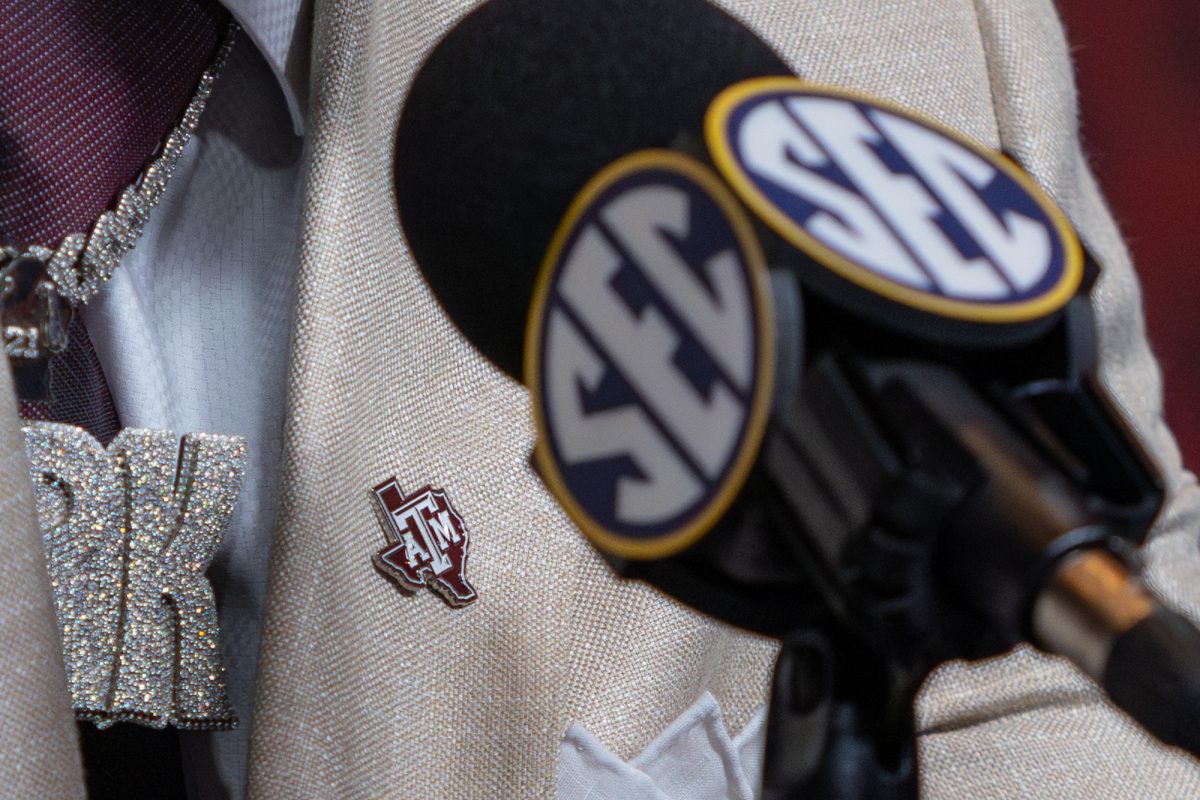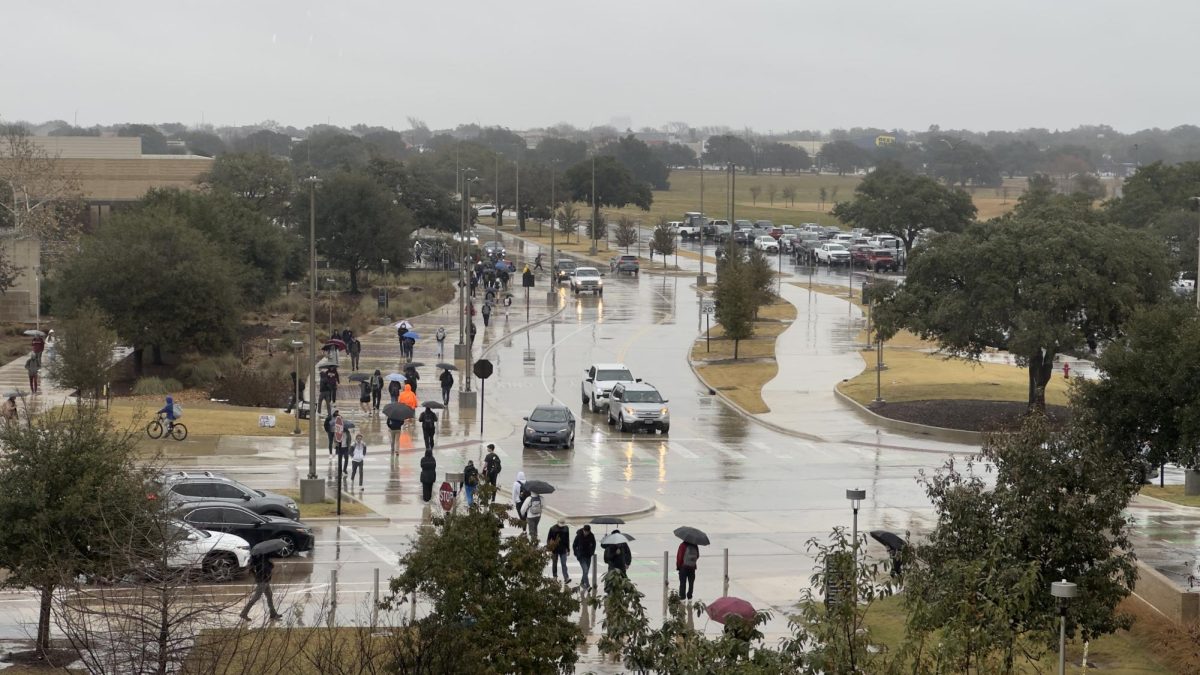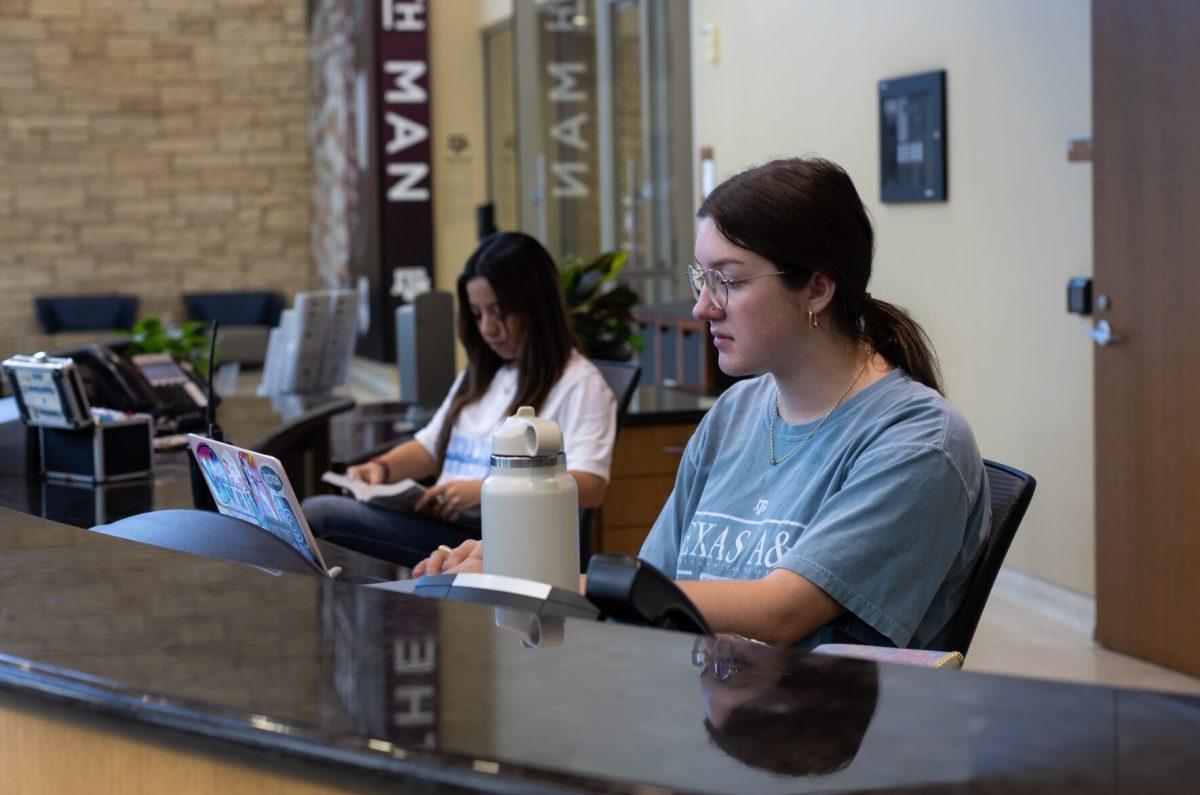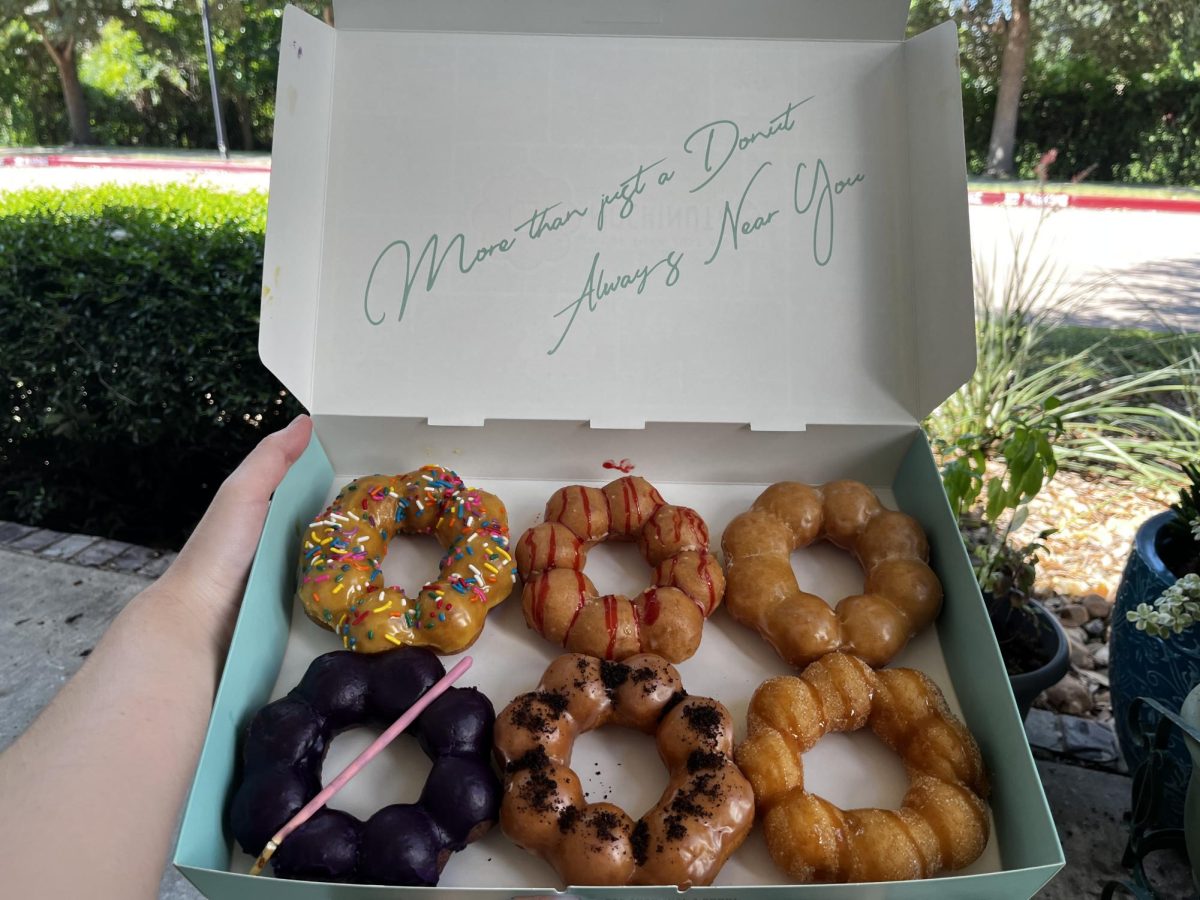Reporter Jigar Patel sits down with Kevin Krisciunas, lecturer in the Physics and Astronomy Department.
THE BATTALION: What was it like working in an airborne observatory devoted to astronomical research?
Krisciunas: The Kuiper Airborne Observatory had two primary scientific tasks: To observe things at a wavelength that you couldn’t observe at any ground-based laboratory and to use the portable platform to put yourself at a location on earth to see something that can only be seen from there, such as a star a disappearing. So, that was my first job. And I still have with me my NASA flight jacket. So it is exactly like the guys at the Johnson Space Center, who are astronauts. I flew at least at 150 flights on the Airborne Observatory. Also, when I was working in Hawaii, I rendezvoused with these guys and had one more flight [with the Kuiper Airborne Observatory].
The Battalion: How did the transition from a NASA Airborne Laboratory to Mount Kea in Hawaii happen?
Krisciunas: So that was my first job that allowed me to meet a lot of people that specialized in infrared astronomy, and one of those guys worked for the United Kingdom Infrared Telescope. He got me a job there and I worked there for 14 years, at the top of Mount Kea. That’s the world’s highest major observatory. It’s on the island of Hawaii, an island made of five volcanoes, two of which are active.
The Battalion: You have worked with a lot of major telescopes. Which telescope stands out the most?
Krisciunas: It’s more like which site is peculiar. For example, most professional observatories are 7,500 feet above sea level. Mount Kea is 13,000 feet above the sea level. Hence your brain functions more poorly at Mount Kea. The very first day you’d be there, if you ate your lunch enough blood would go from your brain to your stomach to digest the food, that you just feel really dull. If you say, ‘Oh I have to go and get a screw driver,’ by the time you get there you can’t remember why you were there. But you feel uncomfortable so you say, ‘I’ll sit down for a while until I remember.’ And then five or 10 minutes later you say, ‘Oh, I came in here for a screw driver.’ And so the general rule at Mount Kea is that it lowers your IQ by 20 points. There are some pretty crazy stories about the weather at Mount Kea. The most extreme weather I ever saw had sunshine, rain, sleet, snow, hail and freezing fog all on the same day. And it was summer.
The Battalion: How does “A Guide to Wider Horizons,” the book you recently authored, factor into your teaching?
Krisciunas: This book is about astronomy, physics, math and statistics. It is about linguistics, history, economics, ethics and literature in 125 pages. I noticed that when you’re trying to pack a lot of astronomy into people’s minds and it is a Tuesday-Thursday class of 75 minutes, people get this kind of glazed look. So when people start getting that you have to do something, you could just stop talking for two minutes, you can sing them a song, or you can show them a video or you can tell them some stories that you have accumulated over time. So this book is a lot of that other stuff that I talk about in class to create some space in people’s heads so that I can put more astronomy, which is our main task. A lot of it is the same subject, just approach from the main angle.
The Battalion: What is the “constellation song?” Are you still the only one who has memorized it?
Krisciunas: I used to say that I am the only person in the world who can perform this song, but that is no longer true. In the summertime here, I had a student, Emily Thompson. She memorized the constellation song and sang it in front of the class. She is only the second person to do it since I wrote it 27 years ago. I actually said, ‘If anybody can pull this off, I will give you an A.’ But she was getting an A anyway.
Constellation song’ prof unpacks peculiarities of telescopic research
October 1, 2014
Donate to The Battalion
Your donation will support the student journalists of Texas A&M University - College Station. Your contribution will allow us to purchase equipment and cover our annual website hosting costs.




















